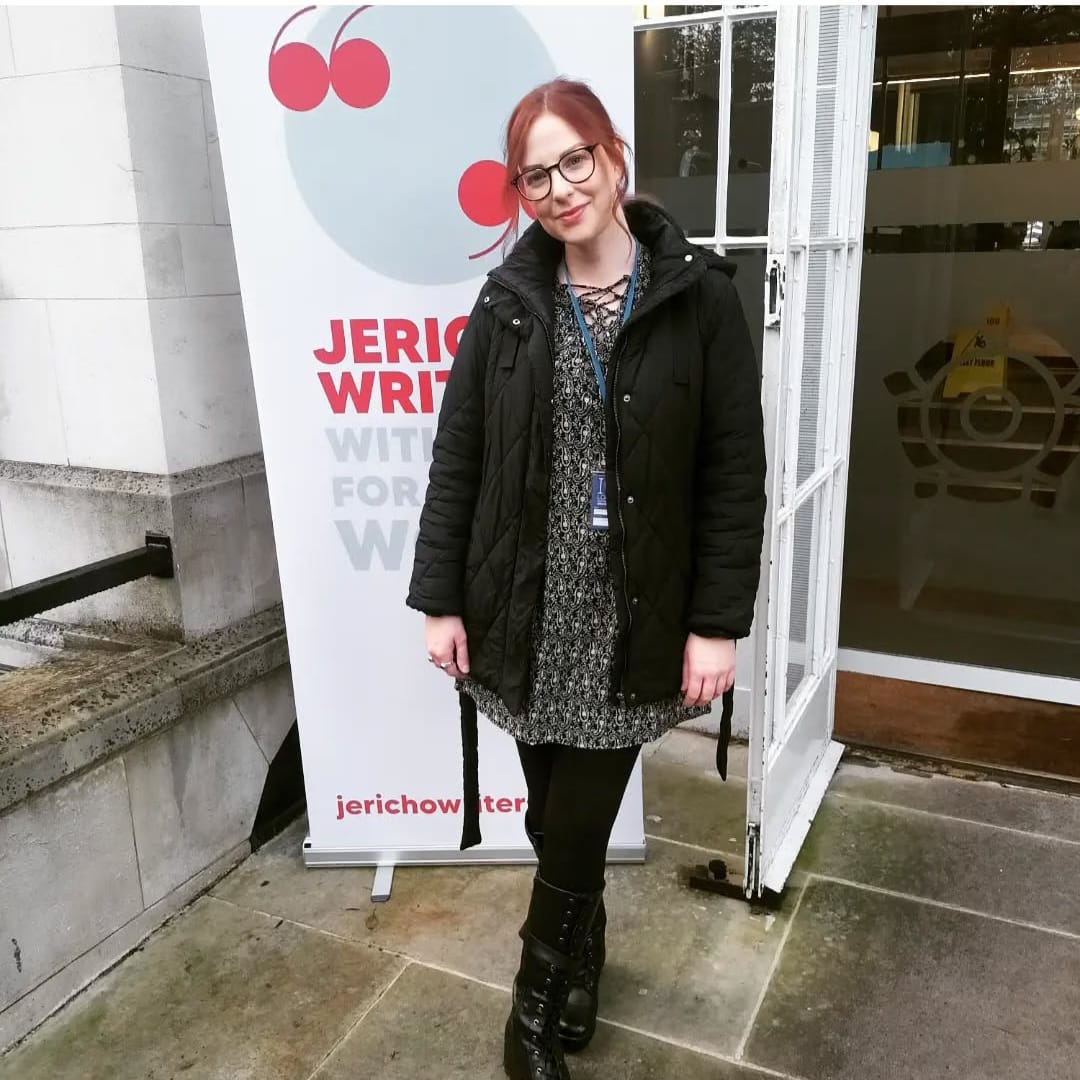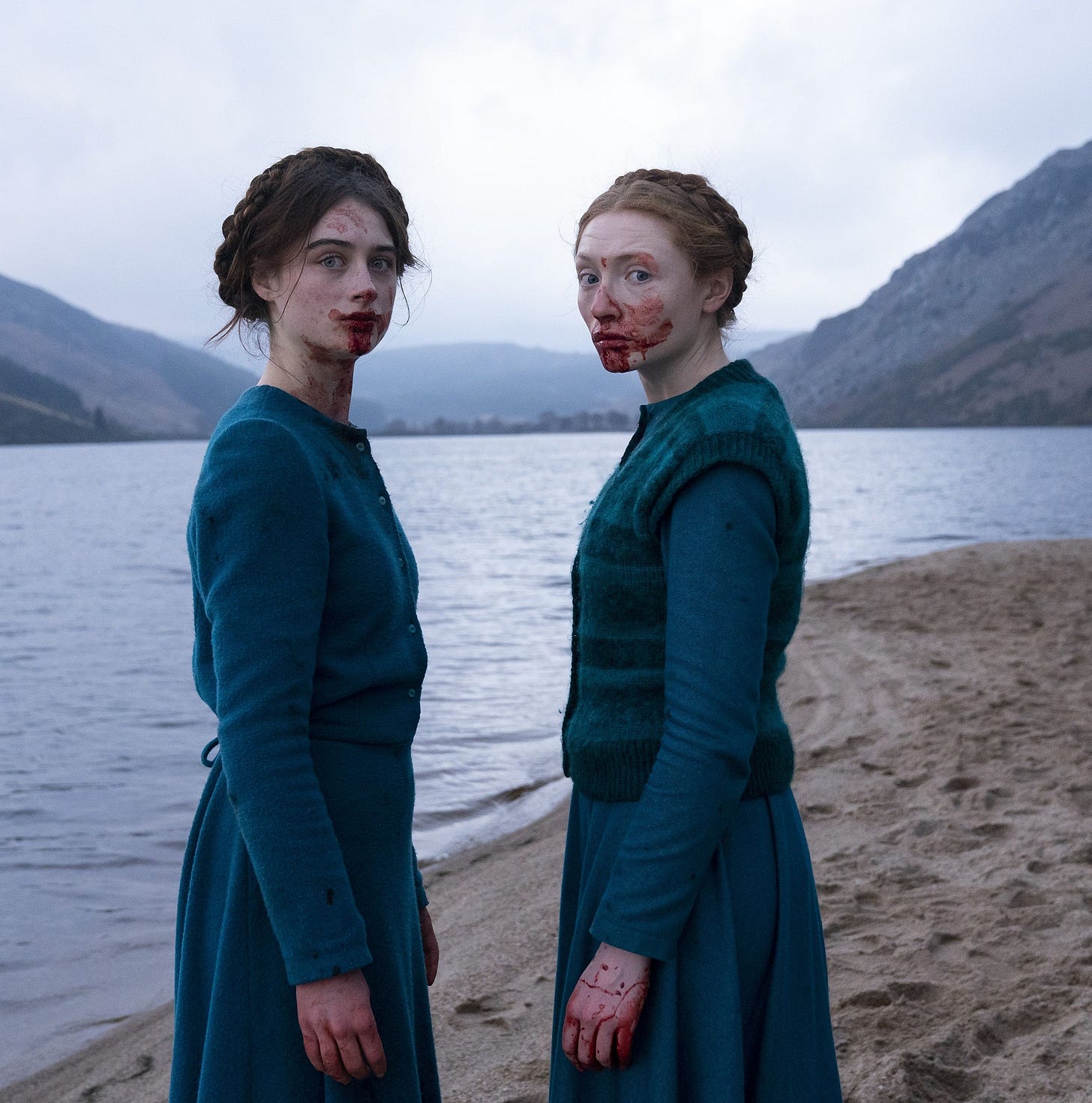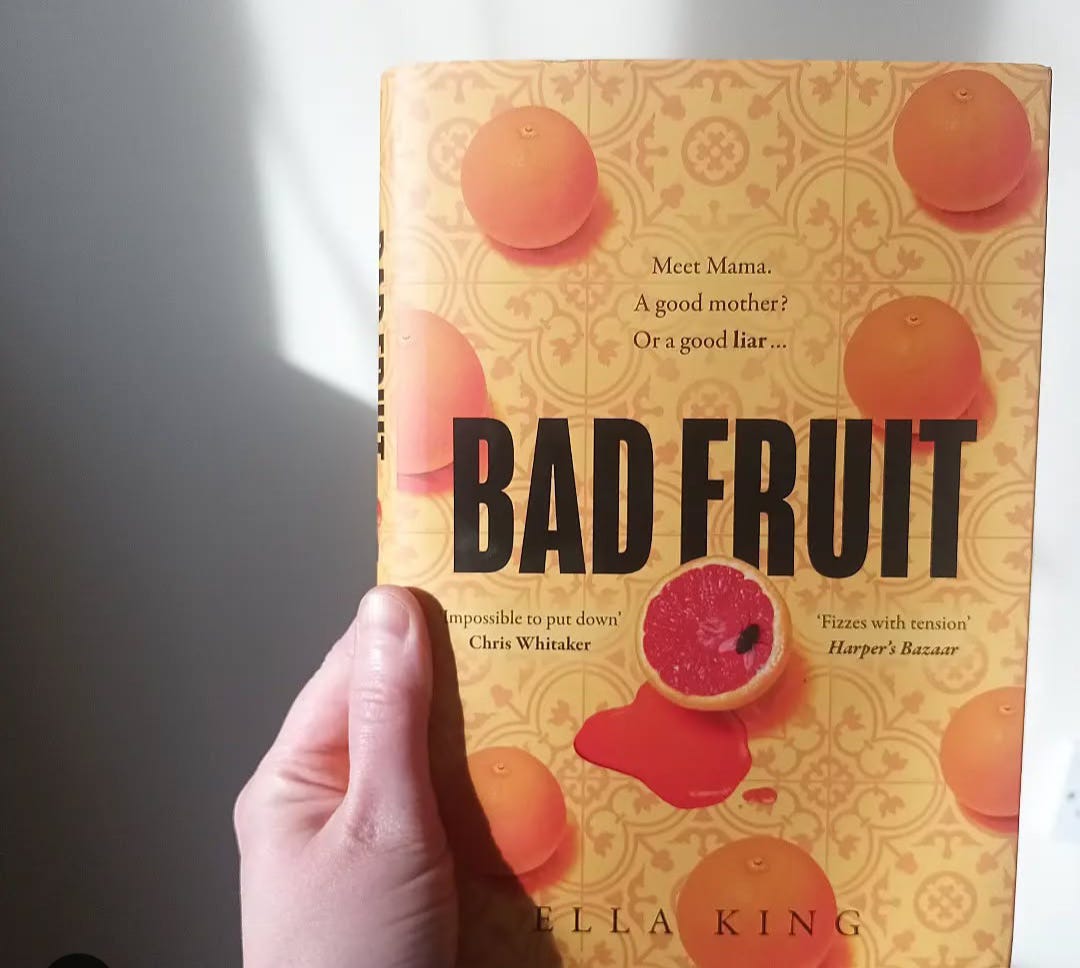How I Got My Agent
(A rite of passage post)
Here it is, the feature no one asked for but I’m doing anyway because it’s a kind of rite-of passage: ‘How I Got My Agent’ – a not in the slightest easily summarised feat of luck and bloody hard work.
I’ll start with a confession: there are two other novels in my closet. The first, an end of the world love triangle that is all vibes and very little plot (the vibes are pretty unhinged though, which seems to be a common thread in my writing).
This, in the full delusion of innocence, I sent to over fifty something agents.
In my submission letter I made grand declarations like: ‘Think the dystopian, bubble within a world, of Sophie Mackintosh’s The Water Cure and team it with the inverted fairy-tale style of Clare Fuller’s Our Endless Numbered Days’. Which sounds pretty sick, right? Except again, all vibes and not much plot, which it turns out is a necessary ingredient in a pitch that really hooks agents. I had one full manuscript request, a miracle really, which I became fixated on. The agent regretfully passed, but she said nice things about my writing, so I decided to bench the novel and start something new – a work with a more fully rounded cast, familiar setting and no misery apocalypse, which during covid no one wanted.
My second novel was polished to a sparkling shine; I worked with a writing coach and felt empowered, informed and enjoyed a brilliant taste of editing as a collaborative act which would later help with the work I did with my agent and recently, my wonderful editor Harriet at Dead Ink.
By novel #2, I had visibly grown as a writer – the proof was in the feedback I got from agents this time. MORE (a grand total of three!) full manuscript requests and a ‘big-time’ agent’s attention who asked for a Revise-and-Resubmit1. Her ideas enriched the story, and I learnt from much from the ordeal but in the end, she was on the fence with whether she could sell it. After consulting with her business partner, it was an apologetic ‘no’.
I was devastated. My partner had to sit through hours of me declaring, ‘I can’t do it again. I can’t write another whole novel with no promise it will go anywhere.’ I was lost in my dreams of publication, totally bereft without external validation.
I often wonder, what would I say to my defeated self back then? Would I cheat heartbreak and say ‘don’t worry love, you’re going to get a deal within a year and one more manuscript and THAT novel, that’s your heart book. That’s the one you were meant to debut with.’
No.
I wouldn’t say any of that because I am proud that I knew none of that and did it anyway. Wrenched A Healthy Appetite from my gut with no reassurances, no knowledge at all that this deeply personal story would resonate with anyone but me.
Because you’re reading this you already know I got my happy ending. I didn’t quit, despite my threats to do so. But I didn’t have it easy the third time around either.
What follows are the things I did to MAXIMISE my success, not assure it:
I stopped worrying about what might be commercially appealing (like novel #2) and sat with myself and listened to my tortured poet heart. What story did I have to tell that no one else could? The answer was pretty immediate: a story about the monstrous side-effects of long-term illness, of the cost of survival. The story unfurled from me with an ease that I didn’t experience with novels #1 and #2. That’s when I knew I had something;
I furiously entered competitions and was long-listed for two: The Lucy Cavendish Prize for Fiction and The Blue Pencil Agency Pitch Prize. Both long-listings got people’s attention, sure, but they also gave me something I was genuinely proud of to write about in my query letter – they made agents sit up and see I was serious about my craft;
I attended agent 1-2-1s2. These come at a cost (fair warning), and are available through both Jericho Writers and I Am in Print. For me, they are worth the price tag if you can afford it. Industry insiders make the whole venture less opaque. Their feedback WILL make your submission package more appealing and you MAY receive a full request then and there, although there are no guarantees!
I learnt to be vulnerable and very gratefully received financial support from my partner to join the Faber Academy’s Write Your Novel course. This gave me community, accountability, industry expertise and the glowing, much-respected anthology with an extract of my work inside sent around to agents. Fourteen full requests and two offers of representation came from this experience. ‘Life-changing’, usually a mawkish adjective, fits here. If you can and want to: do!
I first met Imogen at an agent 1-2-1. Before I’d even finished my novel she wanted to read it. We parted that day with a promise to get back in touch, which we did, when I finished the novel and could prove the concept she loved would materialise.

Imogen was the first agent to believe in A Healthy Appetite and she didn’t stop, so she became my agent.
So how did I get my agent? In a nutshell, I’m afraid there isn’t one straight line from wanting to getting, but a series of side quests and setbacks that all lead me here, exactly where I’m meant to be. Hindsight is a superpower we don’t have when we send out novels like little, heart-filled messages in bottles, hoping they’ll land on someone’s shore.
So keep up the good work. Feel all the feels, find your community and where you can, invest in your dreams.
– K x
Screen Saver 🎬
What I'm Watching
The Other Lamb (Dir: Małgorzata Szumowska, 2019)
God, I'm a slut for cult stuff. It can't have started with Sophie Mackintosh's The Water Cure, but it sure helped bring me back to the delights of the deranged, insular lives of theocracies 'built on a hill', or in Mackintosh's case, a nondescript island.
In Atwood's The Handmaid's Tale, which is essentially about a nation-wide cult swallowing America whole, the protagonist Offred remarks that the puritans are the Handmaid's 'ancestors', or at least that's what those in power want them to believe.
'...paintings, of women in long somber dresses, their hair covered by white caps, and of upright men, darkly clothed and unsmiling. Our ancestors.'
The Other Lamb opens with a nod to this: the starched 'sombre dresses' of the female puritans, as two of them play hooky in front of a startlingly beautiful waterfall. I'm certain there's symbolism here, but I won't ruin the fun by unpicking every close -up shot of water cascading hysterically over a brooding cliff face. Hang on, the camera is zooming it and it kind of looks like...never mind.
Ah the proverbial lamb next, a whole herd of them. Then: women knitting, singing, sawing, hammering and following up the rear, a mural of their Jesus lookalike cult leader. Immediately this movie is a visual masterpiece. At once lush and unsettlingly empty of warmth, of homely touches.
It's no real spoiler to say that 'Shepherd' (heavy on the biblical analogy) is a raging pervert who likes his wives young and plentiful. In an early scene he literally Eeny, meeny, miny, moes who he's going to sleep with that night. Not everyone is included though - there are some, apparently, who are not ready.
The movie centres Selah, a 'pious and perfect' girl born into the cult and traces her transformation into a questioning protagonist, someone who strives beyond wifehood and the odd strings that visually act as a kind of web that keep the women pinned in the compound. The catalyst? When the blood comes, which triggers Selah's growing into consciousness and all the horror that surrounds it.
My work in progress is about a women- only cult of sorts, and so I loved soaking up all the vibes, which were on point. The women's devotion despite their abuse is, at times, hard to stomach, but it isintrinsic in laying the ground work for the catharsis offered later on.
My main gripe? The extended metaphor of 'the flock' and 'The Shepherd' became a bit grating. The cult leader dude too didn't offer anything new IMO. A bearded white guy on a powertrip.
That being said, I stayed tuned to see it all burn down...and damn, I was not disappointed.
3 ☆☆☆
Poolside Reads 📚
The BEST books to read on holiday from the archive...
Bad Fruit by Ella King (HarperCollins, 2022)
“Guilt is liquid, poured out by the person to whom it belongs, taken up by someone entirely different.”
Bad Fruit by Ella King is devastating and beautiful in equal measure. The clash of flora and sunlight against familial trauma and violence was a gut, heart, head punch of a read.
Lily serves Mama glasses of perfectly off juice to appease her, to extinguish the rage that's always simmering below her bright pink surface. But Lily's suppressed trauma is starting to play show reels of scenes she doesn't recognise, and the unfaltering love she has for her Mama is about to be tested like it never has before.
I found this novel deeply moving, deeply loud in the sense that it told me things I, too, had forgotten about my life, or my brain has chosen to forget for me. Reading this felt like an exorcism. There's a section about how brain matter turns white when the person has been through trauma, and I suddenly remembered my MRIs and the white marks on my own brain. I empathised and cried. Felt it all deeply. This novel is one of those I'll keep close and remember for a very long time.
5 🍊🍑🍎🍇🍉
As always, my reviews are just that: subjective – none of this is scientific.
A Revise-and-Resubmit is a situation where there’s potentially an offer, if you amended your manuscript according to the agent’s feedback and the stars align…
An agent 1-2-1 is an opportunity to sit with a literary agent, either online or in person during a convention, and have ten to fifteen minutes to go through your query letter, pitch and writing sample, usually a chapter or three. In almost all cases, you need to pay for it.








Resilience!!!!! It pays off and you deserve all the success, Katie x
This was generous and enlightening. Thank you so much for sharing!